|
||
|
||
|
||
Dateline: March 14, 2001
Wouldn't it be nice if there was a simple way of taking photographs of objects and magically transforming them into 3D objects? Well D Sculptor isn't it, but it
does do a darn good job if you're willing to put in some work. D Sculptor is a new product from a new company called D Vision Works Limited in the UK.
It was created by people with a whole bunch of photogrammetry experience and responsible for Geometra a previously
reviewed product.
D Sculptor doesn't work by finding corresponding points of objects in photographs like most of these types of programs. Rather you find corresponding points of a reference set of points, marks on a table
and then you outline the object in each of the photographs. If you have a lot of photographs this can get quite tedious but quality is never easy to obtain.
D Sculptor costs £500 (UK pound sterling) which is approximately $723 (US Dollars), it's not cheap but for a highly specialized modeling program
like this, it's not bad either.
The basic steps to creating a 3D model (right from the user manual) are:
Marking the dot patterns is no big deal and just a tad tedious. Outlining the objects, as you might imagine, could be a horrendous task.
It's no fun but it's made much easier by the addition of a "stiffness slider" that let's you use a slider which causes D Sculpt to help
you identify the edge boundaries of the photograph.
After you've gone through the photography, and dot patter matching and outlining process you can generate the mesh. On the bottom of the interface
is a "P" and "M" for the two major modes. Photo mode and Model mode. Photo mode is where you do the outlining and pattern matching. Model mode is where you manipulate the
model in 3D and refine the mesh. Also in Model mode you can adjust the rendering of the 3D object to display a solid object, flat or smooth shading.
A particularly nice feature is a slider that let's you control the density of the triangular mesh. You can use this to generate levels-of-detail
for use in your run time delivery system. The following images illustrate teapots with progressively reduced numbers of polygons. The first
contains 3000, then 1002, 504 and finally 105 triangles.
An equally important feature is the ability of the system to extract a texture map from the photographs. The original texture of the object is preserved and is mapped onto the mesh
resulting in a photographic quality end product, the 3D model that looks like the real thing. Finally when you're all done D Sculptor has a
rich set of export file formats such as: Direct 3D, DXF, Java (compressed Java graphics .cjg), VRML 2.0, Wavefront (.obj), JPG, BMP, TIFF.
The D Vision Works web site contains a number of example screen shots illustrating a D Sculptor mesh used in Maya and Bryce.
Happy modeling and may your meshes be efficient and all your polygons coplanar.
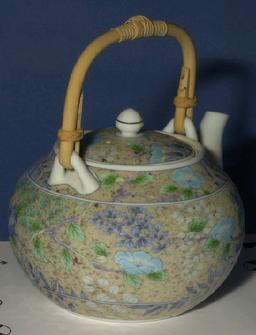
Photo of original teapot being modeled.
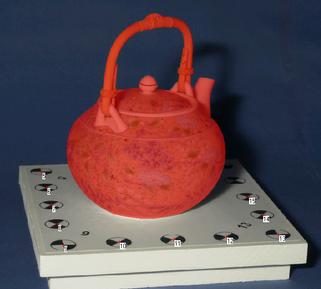
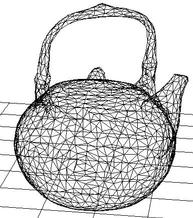
Object after outlining and mesh generation.
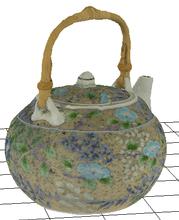
Final 3D object with extracted texture applied.
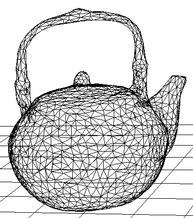
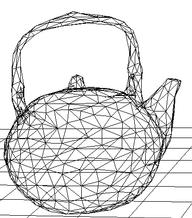
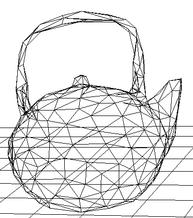
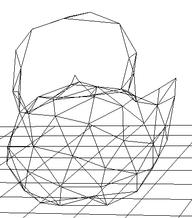

[Tutorials] [Web3D Technology Comparison] [3D Resources]
[Virtual Reality] [Art] [People of Web3D]
[Web3D Glossary] [FAQs] [Companies]